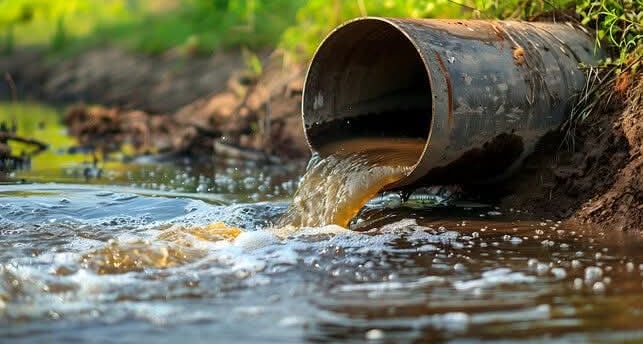Water Pollution: A Crisis Flowing Beneath the Surface
Water pollution is one of the most pressing environmental challenges of our time, threatening the health of ecosystems, humans, and the planet as a whole. It occurs when harmful substances such as industrial waste, agricultural chemicals, plastics, sewage, and oil spills contaminate water bodies like rivers, lakes, and oceans. These pollutants degrade water quality, making it unsafe for drinking, irrigation, and supporting aquatic life. The consequences of water pollution are far-reaching. For humans, it leads to the spread of waterborne diseases like cholera and dysentery, while prolonged exposure to polluted water can cause chronic health issues, including cancer and developmental disorders. For the environment, it disrupts marine ecosystems, depletes oxygen levels in water (eutrophication), and endangers countless species of aquatic life. Microplastics in water bodies further harm the food chain, affecting everything from tiny organisms to humans who consume seafood. Combating water pollution requires a collective effort. Solutions include reducing industrial discharges, using eco-friendly farming practices to minimize chemical runoff, improving waste management systems, and promoting clean-up drives for polluted water bodies. On an individual level, conserving water, avoiding the use of harmful chemicals, and reducing plastic consumption can contribute significantly. Protecting water is not just about sustaining life today but securing the future of generations to come.


My post content